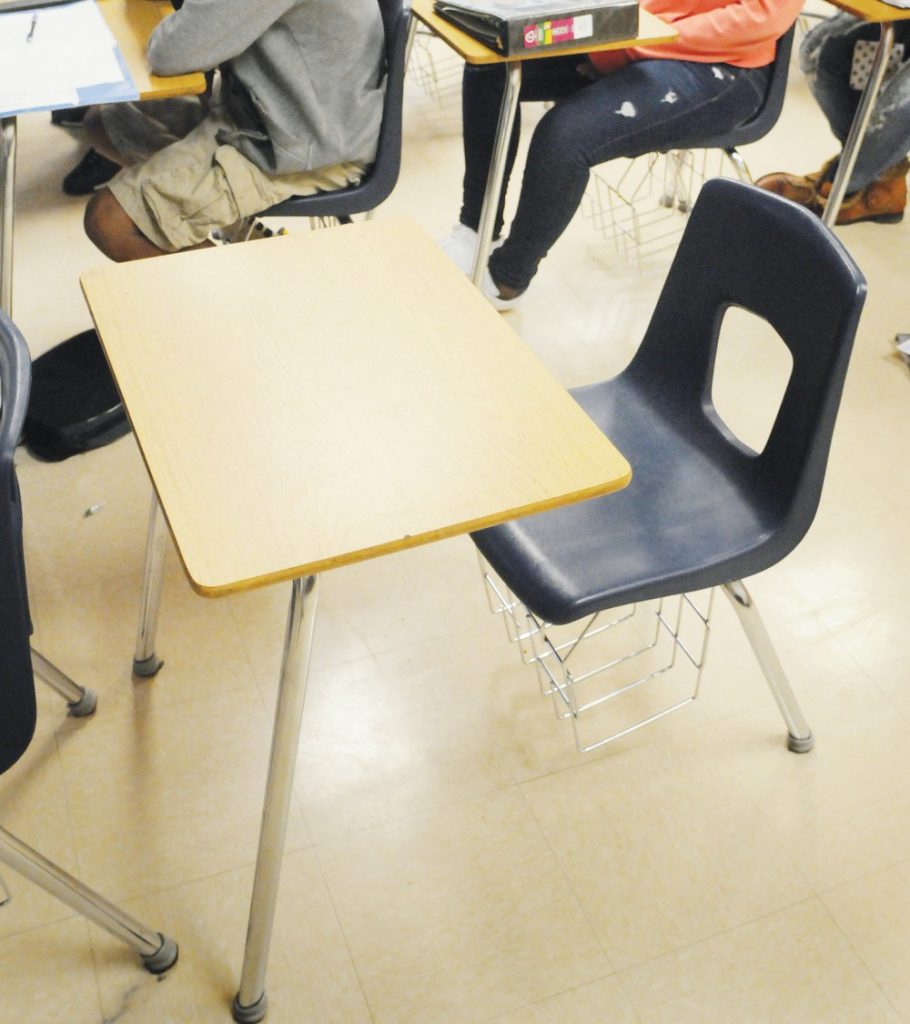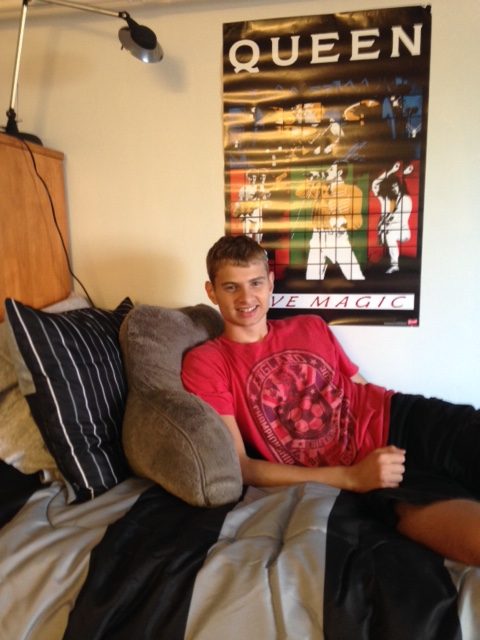Being a parent often means navigating the swings of a child’s shifting needs. No matter their age, our children want both independence and a soft place of understanding, so it can be tricky to know which style suits the moment. Add illness to the mix, and everything becomes more intense. Vulnerability lurks in the corners, instincts feel insufficient, and advice sounds counter intuitive.
When my son Robby was 11 years old, he developed terrible, frequent migraines. I’m not talking about occasional bad headaches, I mean he experienced cycles of serious pain that lasted for days, multiple times each month, for several years.

Worse, nothing really worked to make it better. Neurologists prescribed preventive medications, potent pain rescues, and even hospitalizations to try to interrupt the intractable cycles. Robby was an ever-shifting science experiment of treatments, and was buffeted by side effects—dizziness, brain fog, sleep problems—from a drug cocktail that rarely addressed the pain and always complicated how he felt.
Finding Balance
Seeing my child suffer was excruciating, and my first instinct was to wrap him up in a cozy blanket, offer chicken soup, and rub his back until it was over. The problem was that it was never truly over, so I had to be encouraging even on bad days. Somehow, I needed to remain sympathetic enough to comfort my son, and dispassionate enough to push him to remain engaged in his life even when he was feeling awful.
Getting kids to do something they would rather avoid is a staple of all parenting. Eat your vegetables. Go to bed at a reasonable hour. Do your homework. This is the usual domain. Now add a significant medical condition, and parenting includes: Take your medicine. Do the physical therapy. Sit still for another procedure. The stakes are higher here because these “must dos” are necessary for your child’s ongoing health.
I found that maternal comfort measures may feel lovely in the short term, but too much “poor baby” energy can be counter-productive in the long term. Even though chronic pain can make someone irritable, depressed, or withdrawn, I tried to maintain our focus on what was possible. I learned (through experience and with advice from the professionals) that it was critical to acknowledge Robby’s pain so he felt validated, but also convey my confidence in his ability to work through it.
Building Perseverance
I tried to have a light touch. I would half-joke that he needed to go to school unless he was actively vomiting or bleeding out of his eyes. A horrifying image to be sure, but good for a wry smile from a middle-schooler…
Sometimes Robby was brave and game for the challenge, sometimes he resented the push and accused me of not caring about how he felt. Even though I knew (intellectually) that I was doing what was best for him, his words stung.

In the end, the results were mixed. Robby missed more than 100 school days in 6th-8th grade, but he kept up with his work enough to stay on track with his peers. We adjusted our expectations and tried to take advantage of the times he was well. Maybe he could go to school just for math class – sometimes the momentum would take him through the day, and sometimes he was home before lunch. Academic outcomes were beside the point. It was important for him to resist the urge to curl up and retreat, and instead believe that he had the power to try.
Hitting the Wall
Still, there were plenty of times when mere fortitude was not enough, and the pain was just insurmountable. Robby once asked me in the throes of such a time “Mom, can you die from a migraine?” My heart broke as I told him “No, it’s just pain, it hurts but it won’t actually harm you, and it will pass.” It felt completely inadequate…

Sometimes the best I could do was sit behind him on his bed, wrap my arms around him, and quietly talk him through each breath. Together we would create an image to focus on and describe the details, distracting his attention away from the immediate pain. With luck, the worst of the episode would subside, and he would fall asleep with some relief.
In those moments Robby and I both related to a particular scene from “The Lord of the Rings” movie. Sam and Frodo are on their hero’s journey to return the ring to Mount Doom. Frodo has fallen exhausted and hopeless in the final climb up the mountain, and Sam declares “Come on Mr. Frodo, I can’t carry the ring for you, but I can carry you!” I told Robby that I would be his Sam – that I couldn’t carry the pain for him, but in that moment, I could give him some of my strength.
Lasting Lessons
Like soldiers who have come through battle together, Robby and I bonded through the hardships. I came to admire my son’s strength as he came to trust my advocacy. It could be bumpy as we negotiated the plan, but he did believe that I was fundamentally on his side. We were a team facing the challenges of his medical care, his school support, and sometimes the misunderstanding of the outside world.

The good news was that the migraines largely abated by the time Robby started high school. The bad news was that the whole experience ended up being a dress rehearsal for the life-threatening illness he faced less than two years later. Clearly, the world is not fair…
Not long after Robby started college, his illness flared up significantly, but he insisted on remaining on campus despite daunting obstacles. It makes me smile to recognize that he had internalized the value of persevering in the face of adversity. He trusted in his own capacity without my daily support, and I trusted him too – albeit with plenty of maternal worry. Robby appreciated home as a haven of comfort, but more importantly, his inner resolve fueled his confidence to rely on his own strength to create good days wherever he could.
______________________________________________________________________________________________________
Caryn Anthony is a nonprofit consultant and executive coach from Silver Spring, MD, and is also chair of the Patient and Family Advisory Council for Children’s National Medical System. She is the author of “Any Way the Wind Blows,”—a blog geared for families raising a child with a significant medical condition. Her writing has also appeared in The Huffington Post, Grown and Flown, and Modern Loss.
